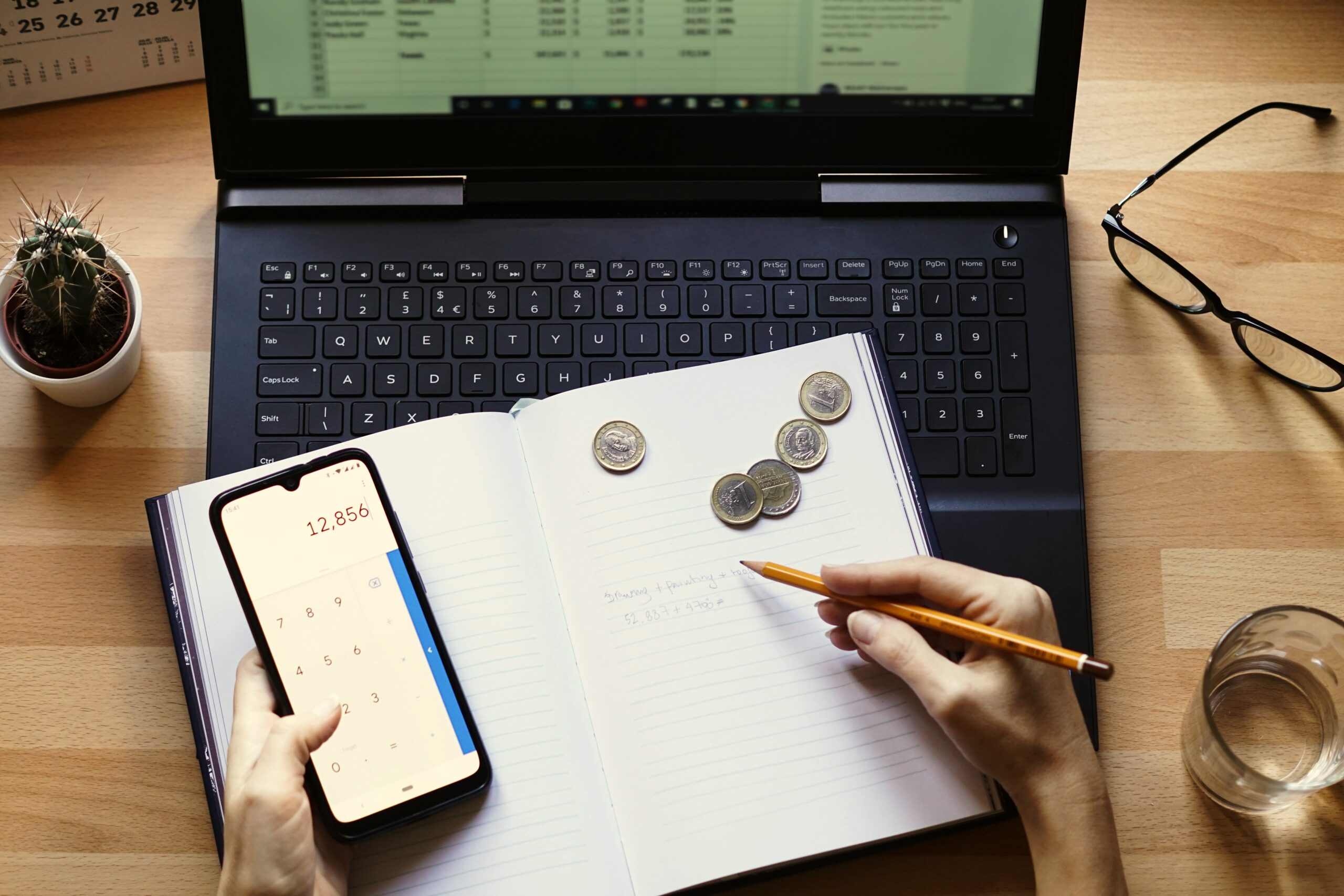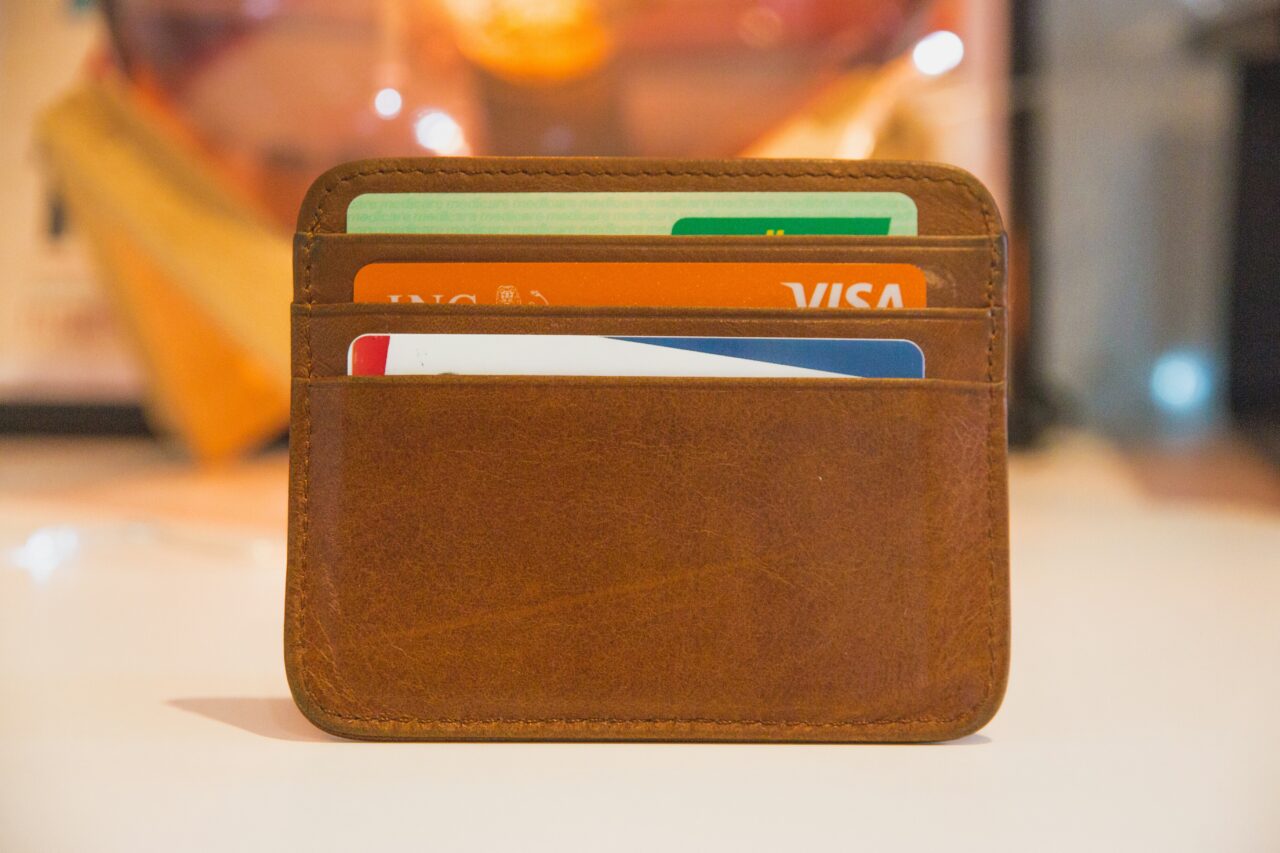7 Ways to Track Monthly Expenses
Tracking your expenses regularly can give you a clear idea of where your money is going. It also shows where you’d prefer it to go instead.
Once you’ve identified your spending, you can start building a budget. This allows you to account for upcoming bills and plan your finances better. However, before entering numbers into a spreadsheet or app, take a moment to list all your expenses.
Here’s a step-by-step guide to help you start tracking your expenses effectively:
1. Review Your Account Statements
Begin by reviewing all your account statements. This includes your checking account and any credit cards you use. By doing so, you can clearly see your spending habits and identify patterns in your financial behavior.
Your expenses will typically fall into two categories: fixed and variable. Fixed expenses, such as rent or mortgage payments, utilities, insurance, and debt repayments, stay relatively consistent every month. In contrast, variable expenses, like groceries, clothing, or travel, fluctuate and offer more flexibility for adjustments.
Taking a closer look at these patterns will help you understand where your money is being spent and where you can cut back.

2. Categorize Your Expenses
Next, organize your expenses into categories. Grouping them into categories allows you to track how much you spend in each area and see where your money is going.
Some personal finance apps or credit cards can help by automatically tagging your purchases. For example, they may categorize transactions as “groceries,” “restaurants,” or “subscriptions.” This can help you quickly spot trends, like frequent impulse purchases or recurring payments for services you may not use anymore, such as Spotify or Babbel.
Another effective method is to categorize your spending into needs, wants, and savings/debts. This is the foundation of the 50/30/20 budget rule. With this method, 50% of your income goes to essential needs like housing and bills, 30% is allocated to wants like dining out or hobbies, and the remaining 20% is saved or used to pay off debt.
Tracking your expenses is the first step toward gaining control over your finances. By reviewing your accounts and categorizing your spending, you’ll have a clearer picture of your habits. From there, you can make informed decisions and build a budget that aligns with your financial goals.
Ready to get started? Follow these steps, and you’ll be on your way to better money management in no time!









